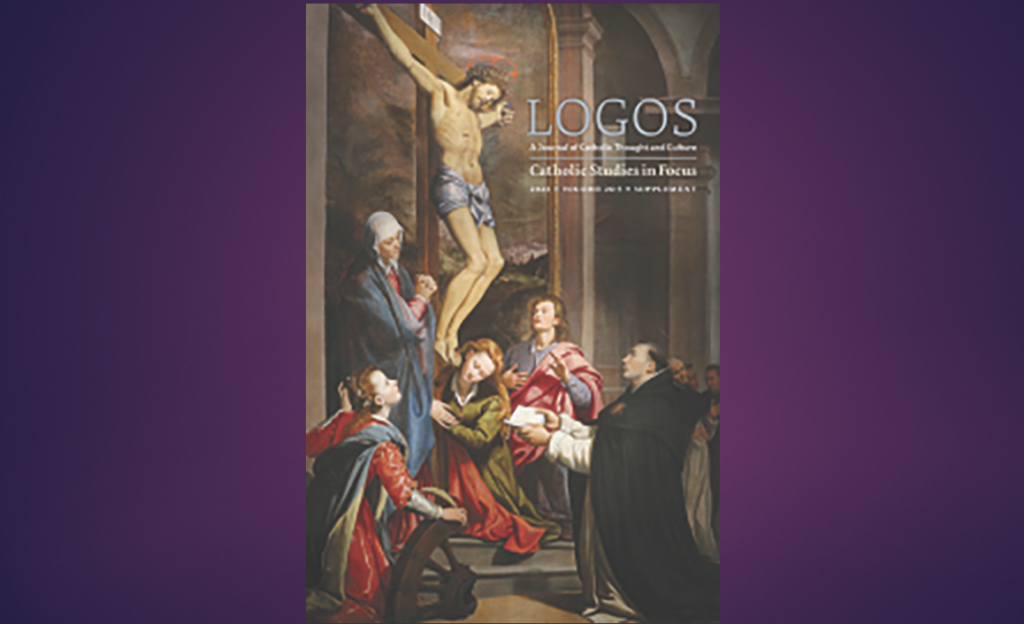"Easter Communion"
Pure fasted faces draw unto this feast:
God comes all sweetness to your Lenten lips.
You striped in secret with breath-taking whips,
Those crooked rough-scored chequers may be pieced
To crosses meant for Jesu's; you whom the East
With draught of thin and pursuant cold so nips
Breathe Easter now; you serged fellowships,
You vigil-keepers with low flames decreased,
God shall o'er-brim the measures you have spent
With oil of gladness, for sackcloth and frieze
And the ever-fretting shirt of punishment
Give myrrhy-threaded golden folds of ease.
Your scarce-sheathed bones are weary of being bent:
Lo, God shall strengthen all the feeble knees.
– Gerard Manley Hopkins
I never have been much of a poet, nor even consider myself a decent appreciator of beauty. So, when I set out to write my course paper on Gerard Manley Hopkins’ earliest extant sonnet, “Easter Communion,” I was expecting to analyze Hopkins’ attitude toward Lenten penance, not to be floored by how Hopkins can find so much beauty in suffering.
Hopkins, a 19th century Jesuit who became a prominent Victorian poet, is credited with breaking many forms of conventional poetry and creating entirely new ones in “sprung rhythm.” Hopkins was not only a keen observer of nature and an innovative poet. By virtue of his writings, correspondence, personal journals, pastoral work, spiritual theology and his poems, one can see how personally and philosophically he was affected by other scholars, such as John Ruskin, Blessed Duns Scotus, and his friend and mentor Blessed John Henry Newman. They stirred within Hopkins ongoing considerations on topics such as the nature of beauty, which he articulated in verse, journal entries, essays and even in a full Platonic dialogue while he was an undergraduate student at Oxford.
If Hopkins’ aesthetic attentiveness is one of the defining aspects of his life, then another is the suffering he endured. He was sickly and overworked most of his career as a parish priest and professor, and eventually died at 44 from typhoid fever. When he was struggling through his conversion from Anglicanism to Catholicism, he also struggled vocationally to reconcile the apparent conflict in his heart between his appreciation for beauty and his affection for God. After his conversion and shortly before his entrance into the Jesuit order in 1868, Hopkins felt called to burn all of his poems in order to focus on his vocation.
Thankfully, Hopkins began to write poetry again in 1875, upon the suggestion of his superior, and this poetry takes on a noticeable emphasis in attitude toward beauty: Beauty becomes something to be admired and taken in, but not to be beheld for its own sake. The three transcendentals (truth, goodness and beauty) are all ways in which God is pleased to make himself manifest in the world, and Hopkins increasingly took care to avert his readers from mistaking the gifts for the giver.
Hopkins’ later poetry is still filled with such splendor and poetic genius, but alludes to his inner turmoil while pointing at the God who is truth, beauty and goodness. Like Newman’s Apologia defending his conversion, one of Hopkins’ final sonnets “To what serves Moral Beauty?” is something of his own Apologia. In the final line of the sonnet Hopkins admits the value of “moral beauty,” but he encourages readers to be careful to seek first and foremost “God’s better beauty, grace.”
So, as I dove deeper into “Easter Communion,” I began to understand Lenten penitential practices as a form of “God’s better beauty, grace.” By virtue of the Incarnation, as Hopkins came to see, the radiance we perceive in this world is actually the beauty of Christ, and at his cross all the truth, beauty and goodness of the world merge into one great sacrifice as an offering to the Father who “shall strengthen all the feeble knees.”






